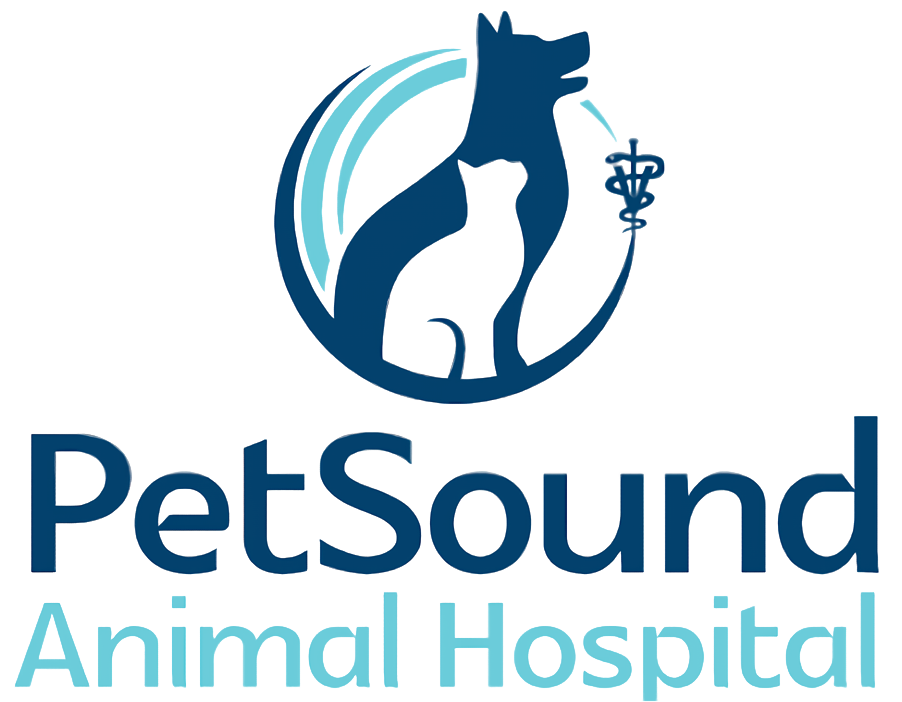Articles
-
On your marks, get set, go! Dogs running, jumping, catching balls, making razor sharp turns, and racing to a finish line; that's the canine sport of flyball.
-
Treats are a great way to bond with your dog but are an additional source of calories that must be considered within the overall diet. Treats should be no more than 10% of your dog's daily calorie intake and, in greater quantities, can create a nutritional imbalance.
-
Walking is great exercise for both you and your dog. This article outlines some tips, requirements, and best practices to ensure you both have a safe, enjoyable walk. Make sure your veterinarian clears your dog for any new physical activity.
-
E-cigarettes are battery-operated devices used to create and inhale an aerosol composed of nicotine, flavorings, and other chemicals. If a companion animal ingests an e-liquid, signs of nicotine poisoning occur rapidly. The nicotine associated with e-cigarettes, even without tobacco, poses a serious health threat to dogs and cats.
-
Many liquid potpourri products and essential oils are poisonous to dogs, including oil of cinnamon, citrus, pennyroyal, peppermint, pine, sweet birch, tea tree (melaleuca), wintergreen, and ylang ylang. Both ingestion and skin exposure can be toxic.
-
Female dogs have their first estrous (reproductive or heat) cycle when they reach puberty (sexual maturity). Each cycle consists of several stages; the stage called estrus refers to when the female can become pregnant. This handout explains the cycle stages and signs.
-
Estrus (heat) begins when a female dog reaches sexual maturity and occurs about twice per year, although it varies from dog to dog. From the beginning of a female’s estrus period, she will be attractive to male dogs, though she will usually not be receptive or allow mating until seven to ten days into her cycle. The time of mating is extremely critical and it is highly recommended to have your female tested to determine the optimal days for breeding.
-
Maintaining open and honest communication with your veterinary healthcare team throughout your dog's life creates a foundation for effective communication when the dog's life draws to a close. Your veterinarian can clarify any medical implications of your dog's disease that may suggest that euthanasia should be considered. Most often, euthanasia is provided at the veterinary practice or in your home. Your veterinarian can clarify any medical implications of your dog's disease that may suggest that euthanasia should be considered.
-
Exercise restriction refers to the act of intentionally limiting a pet’s physical activity. Veterinarians often recommend exercise restriction to allow a pet to heal after a surgical procedure or injury, although it may also be recommended to prevent worsening of a medical condition. Your veterinarian’s guidance is essential when implementing exercise restriction.
-
Proprioception is the ability to know where your body is in space. This is what helps reduce falls and injury. Proprioception may be lost suddenly through spinal cord trauma, or it may be reduced with age, joint disease (osteoarthritis), or other orthopedic or neurologic disease. Some specific controlled exercises that can improve proprioception are discussed. Any exercise plan needs to be formulated by a veterinary rehabilitation therapist to avoid injury.

